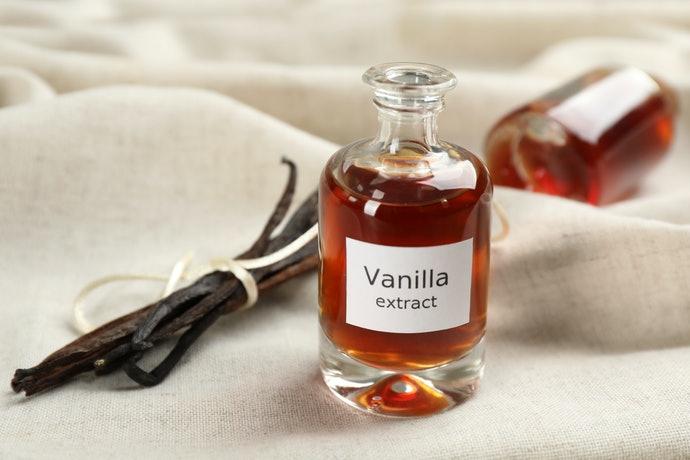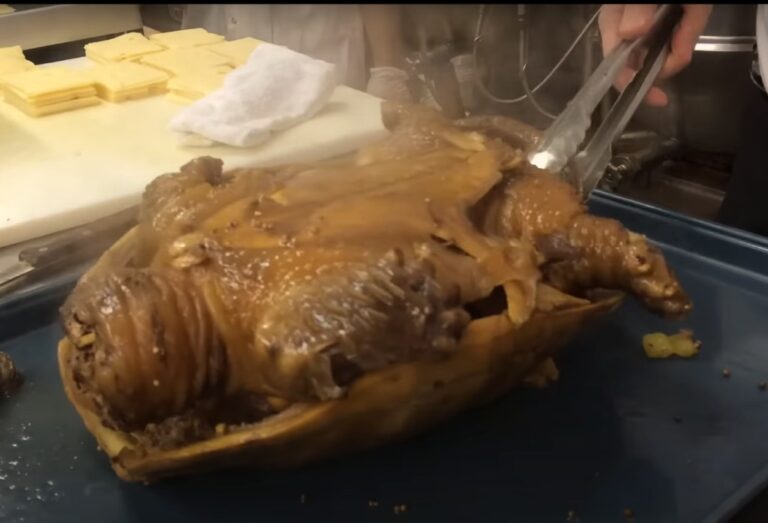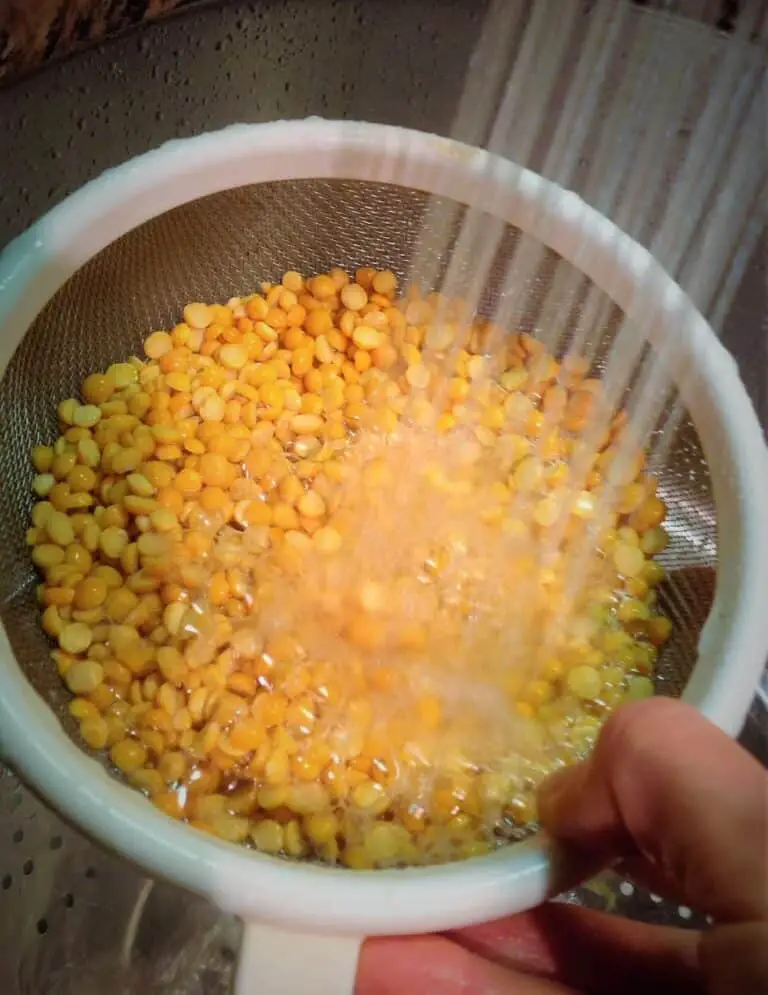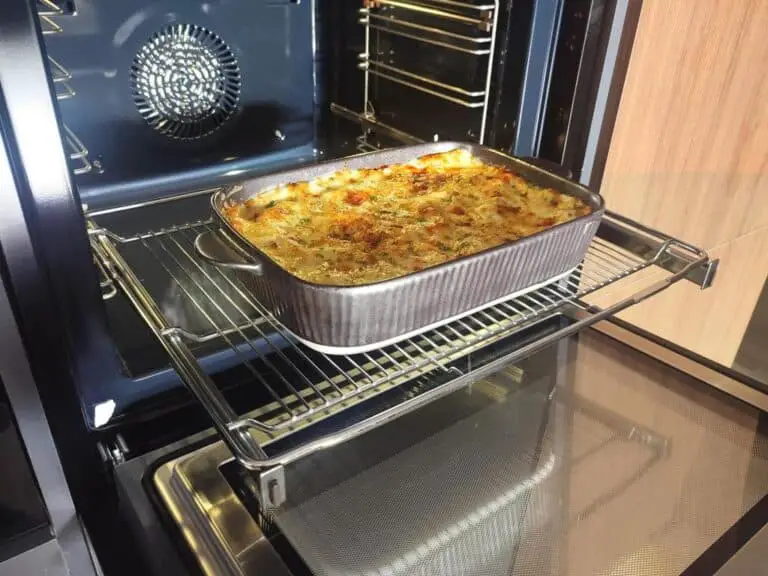Can You Reheat Bone Broth Twice? Is It Still Safe to Eat?
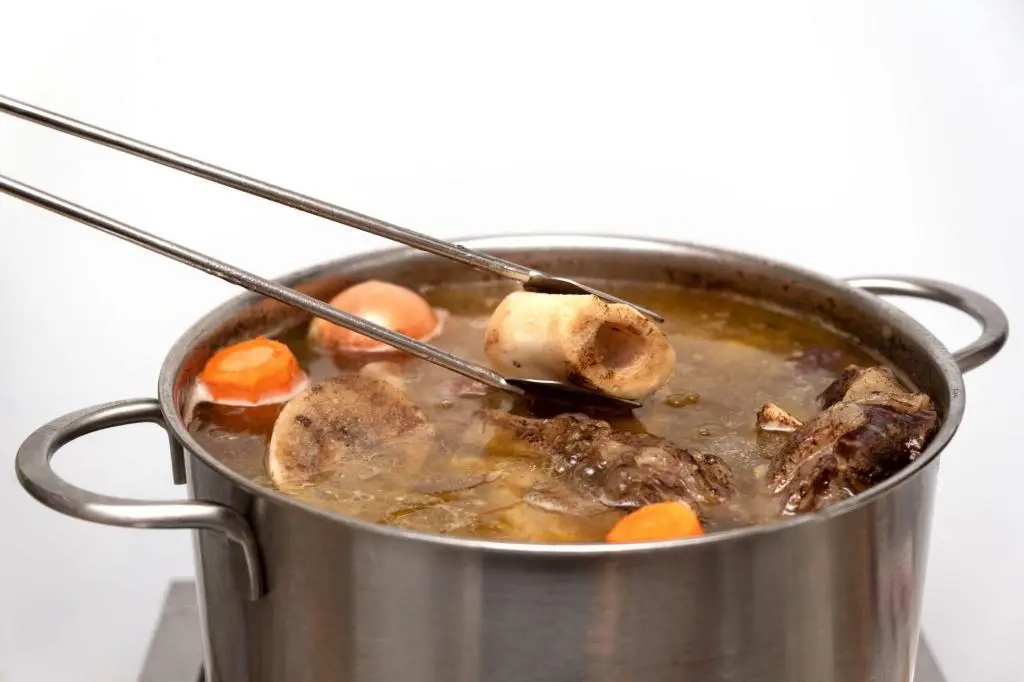
Bone broth has emerged as a trendy and highly regarded beverage among health-conscious individuals over the past few years. Packed with nutrients, collagen, and minerals, bone broth is believed to have numerous health benefits, ranging from joint support to gut healing. Whether sipped on its own or used as a base for soups and stews, it has become an essential staple in many kitchens.
But what happens when you have a batch of bone broth that needs reheating? Is it safe to reheat bone broth multiple times without compromising its nutritional value or risking bacterial growth?
This question often lingers in the minds of those who want to fully enjoy their homemade concoctions while also prioritizing food safety. In this article, we will dive into the topic of reheating bone broth twice and discuss the best practices for ensuring both taste and safety are upheld throughout your bone-broth journey.
So let’s simmer down any concerns and uncover the truth about reheating your favorite revitalizing elixir!
Understanding Food Safety
When it comes to our health, proper food safety protocols should always be a top priority. Adhering to these protocols not only ensures the freshness and quality of our meals but also protects us from potential foodborne illnesses. Bacterial growth is one of the primary concerns when it comes to improperly stored or reheated foods.
Bacteria can multiply rapidly in certain conditions, such as when food is left at room temperature for extended periods or if inadequate heating techniques are used during reheating. This can lead to the production of toxins that can cause severe illness if consumed. Common types of bacteria that pose a risk include Salmonella, E. coli, and Campylobacter.
To minimize these risks, you need to store and reheat foods properly. Storing bone broth in sealed containers and refrigerating it promptly after cooking will help inhibit bacterial growth. When reheating bone broth, ensure it reaches an internal temperature of 165°F (74°C) throughout before consuming. By following these guidelines, you can enjoy your bone broth safely without compromising your health.
Can You Reheat Bone Broth Twice?
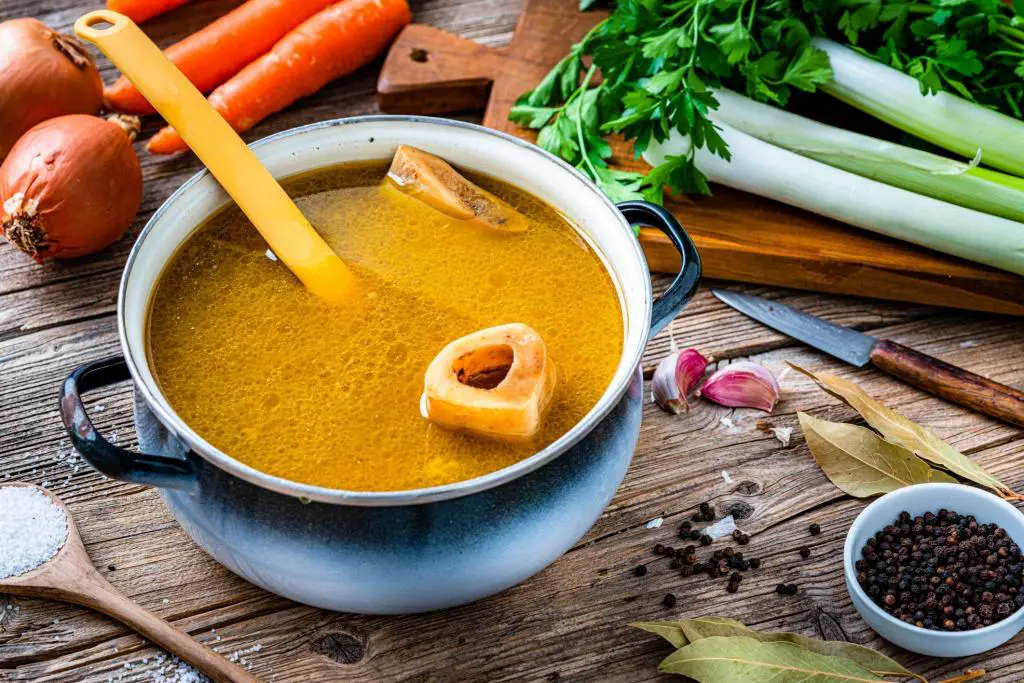
Now, the burning question – can you reheat bone broth twice? Yes, you can reheat bone broth twice or even multiple times, as long as it is done safely. It lies in the precautions you take and the conditions in which the bone broth has been stored.
Reheating bone broth twice is indeed possible, but it demands careful consideration. Here’s a breakdown:
- Time Frame: Ideally, reheating should occur within a reasonable time frame after the initial preparation. The longer bone broth sits in the refrigerator, the higher the risk of bacterial growth.
- Temperature Control: Each reheating cycle should be gentle, maintaining a controlled temperature to prevent nutrient loss and preserve the broth’s original qualities.
Reheating Bone Broth Twice: Staying Safe and Savory
Many bone broth enthusiasts often find themselves wondering if it’s safe to reheat their beloved elixir more than once. The enticing aroma of a steaming cup of bone broth can make us want to savor every last drop. You need to understand food safety guidelines when reheating leftovers, including bone broth.
It’s crucial to handle and store your bone broth properly from the start to ensure its freshness and safety when reheated multiple times. First and foremost, always bring your batch of freshly prepared bone broth to a boil before refrigerating or freezing it in smaller portions. This step eliminates any potential bacteria that may have developed during the cooking process.
When planning on reheating your stored bone broth for subsequent servings, remember these key points:
1. Proper Storage: Store small portions of cooled bone broth in airtight containers in the refrigerator or freezer within two hours after cooking.
2. Single Use Portions: When portioning out your leftover stock for future use, separate it into individual serving sizes rather than continuously heating up an entire batch multiple times.
3. Thaw Safely: If you’re using frozen bone broth for reheating, thaw it gradually overnight in the refrigerator instead of using a microwave or running hot water over it directly.
4. Reheat Carefully: Only heat up as much stock as needed for each serving at one time. Bring it just below boiling before promptly consuming or returning unused portions back to cold storage.
| Also see: Can You Eat Sardine Skin and Bones? |
Optimal Reheating Techniques for Bone Broth
1. Single-Reheating Option
When it comes to reheating bone broth, one of the best practices is to warm up only the amount you plan on consuming at a time. This reduces microbial exposure and minimizes the chances of bacterial growth. To single-reheat your bone broth, there are a few suitable methods you can consider.
One option is to use the stovetop by pouring your desired serving into a saucepan and gently heating it over low heat until it reaches a simmer. Another approach is using the microwave. You can transfer your portioned broth into a microwave-safe bowl or container and heat it on medium power in short intervals, stirring occasionally.
To ensure maximum safety without compromising nutrient integrity, be mindful of recommended heating temperatures and times. The FDA recommends reheating leftover foods, including broths, to an internal temperature of 165°F (74°C) for at least two minutes to kill any potential pathogens that may have developed during storage.
2. Double-Reheating Option
While some individuals may prefer reheating large quantities of bone broth at once for convenience, there are potential risks associated with this method that need consideration. If improperly handled or stored after initial cooking, bacterial growth can occur during extended periods in which the broth remains out of proper temperature control.
Furthermore, each time food is heated and cooled again, its nutritional value might degrade further. This is due to repeated exposure to high temperatures and prolonged cooking durations.
Please consider dividing the remaining broth into smaller portions before refrigeration or freezing them separately immediately after cooking. By doing this, these risks will be lessened while still making it easy to enjoy larger amounts of reheated bone broth. This allows you to reheat only what you need while keeping the rest fresh until future use.
Factors Affecting Bone Broth Spoilage
When it comes to food safety, bone broth requires a bit more attention than other items in your pantry. The reason? Its nutrient-rich composition makes it an ideal breeding ground for bacteria if not handled properly.
Temperature fluctuations play a major role in determining the shelf life of bone broth. For instance, if you leave a pot of hot broth on the stove for too long before refrigerating it, you’re essentially creating an environment where harmful bacteria can multiply rapidly.
Storage conditions also impact the spoiling process. Bone broth should be refrigerated or frozen immediately after cooking to prevent bacterial growth and preserve quality. If you store your bone broth at room temperature for extended periods of time, you risk allowing bacteria to proliferate and spoil the liquid.
Time duration is another crucial factor affecting bone broth spoilage. Like any perishable food item, its freshness diminishes over time. The longer your bone broth sits in the fridge or freezer, even with proper storage practices, the higher the chances that harmful microorganisms may develop and make it unsafe for consumption.
Proper Storage Practices: Safely Storing Leftover Bone Broth
To ensure the longevity and safety of your leftover bone broth, proper storage practices are crucial. One important tip is to airtight containers before storing it in the refrigerator. This helps to maintain freshness while preventing contamination from other food items in the fridge.
You need to refrigerate your leftover bone broth within two hours of cooking it. The bacteria that can cause foodborne illnesses tend to multiply rapidly at room temperature, so quick refrigeration is necessary to inhibit their growth. Remember, when it comes to leftover food, including bone broth, the danger zone for bacterial growth is between 40°F (4°C) and 140°F (60°C).
If you’re not planning on consuming it within that time frame or want a longer storage option, consider freezing portions of the strained broth instead. Airtight containers or freezer bags work well for this purpose, but remember to allow some headspace for expansion as liquids expand when frozen.
Signs of Spoiled Bone Broth
When it comes to food safety, being able to identify signs of spoiled bone broth is crucial. Even though bone broth has a longer shelf life compared to other perishable foods, it can still go bad if not stored or reheated properly. Recognizing the signs of spoiled bone broth is crucial for a safe and delightful culinary experience.
- Odor Alert.
One of the first indicators of spoilage is a foul or sour smell. Fresh bone broth should emit a hearty, savory aroma. If the scent is off, it’s a clear signal that something may be amiss.
- Visual Inspection
Give your bone broth a once-over. Any abnormal discoloration or the presence of mold suggests that the broth might be past its prime. A visually appealing broth is usually a safe one.
- Taste Test
The taste should be a harmonious blend of flavors. If your bone broth tastes strange or off-putting during reheating or consumption, it’s wise to exercise caution.
- Storage Duration
Adhering to recommended storage guidelines is paramount. Promptly refrigerate leftovers and consume them within the advised time frame to minimize the risk of bacterial contamination.
Remember, when in doubt about the freshness and safety of your stored and reheated bone broth always choose caution over consumption!
FAQs
Can you reheat bone broth multiple times?
Yes, you can reheat bone broth more than once, but it’s crucial to follow proper guidelines. Reheating should be done at a high enough temperature to kill any potential bacteria. However, repeated reheating can affect the quality of the broth, so it’s essential to strike a balance between safety and flavor.
Does reheating bone broth impact its nutritional value?
Yes, reheating bone broth can lead to a reduction in some nutrients. Overheating may break down certain compounds, affecting the overall nutritional profile. To preserve as many nutrients as possible, it’s advisable to reheat bone broth gently and avoid prolonged exposure to high temperatures.
Are there specific containers recommended for reheating bone broth?
Ideally, use heat-resistant and food-safe containers for reheating bone broth. Glass or stainless steel or metal containers are suitable choices. Avoid reheating in plastic containers, as they may release harmful chemicals when exposed to high temperatures.
Can you reheat bone broth if it has been stored in the refrigerator for several days?
Yes, you can safely reheat bone broth that has been stored in the refrigerator, but it’s essential to follow proper storage practices. Reheat to a boiling temperature to ensure any potential bacteria are killed. Consume reheated broth within a reasonable timeframe to maintain both safety and quality.
Can the flavor and texture of bone broth be affected by reheating?
Yes, reheating may alter the flavor and texture of bone broth. To mitigate these changes, reheat gently and avoid excessive temperatures. Experiment with seasonings and additional ingredients to enhance the flavor after reheating.



